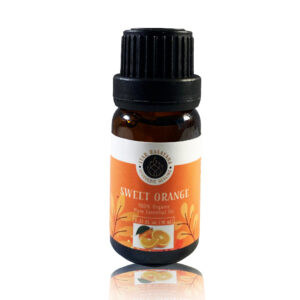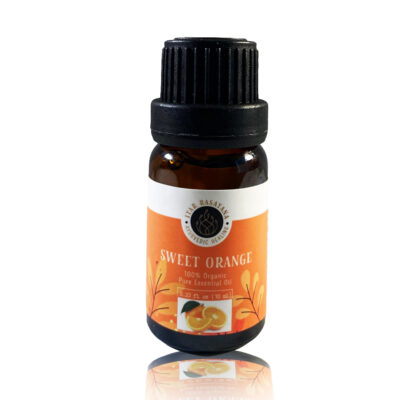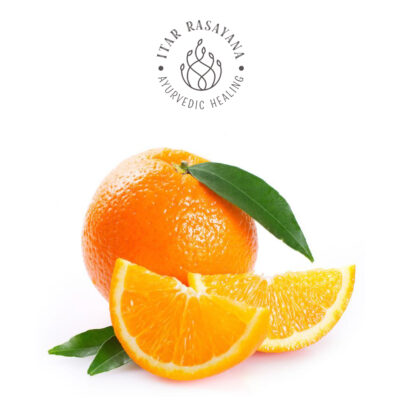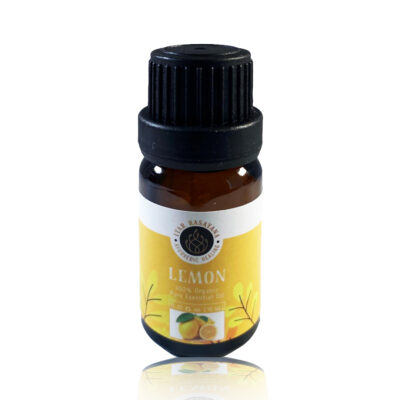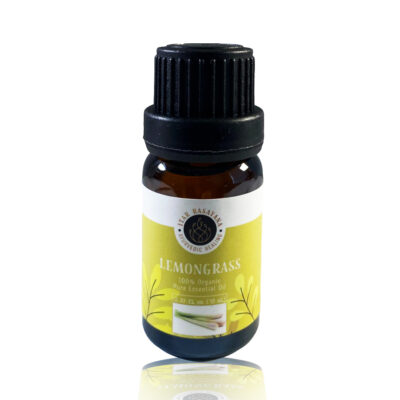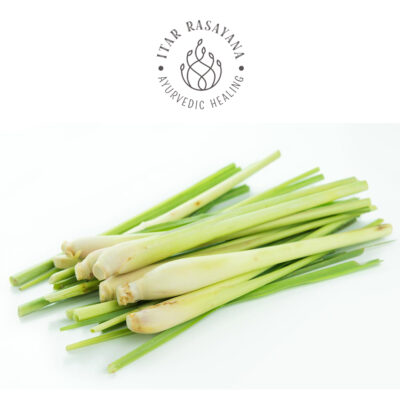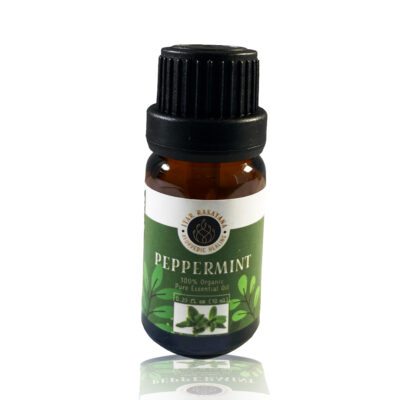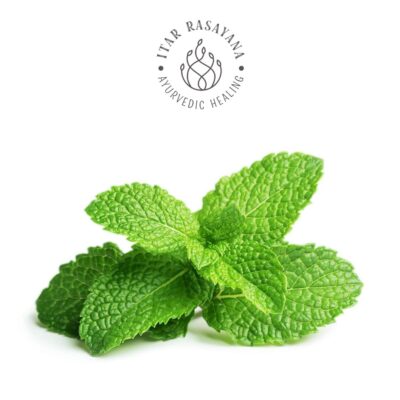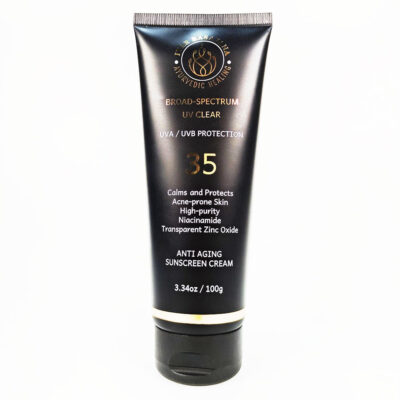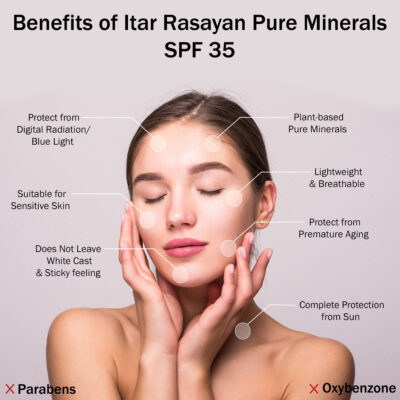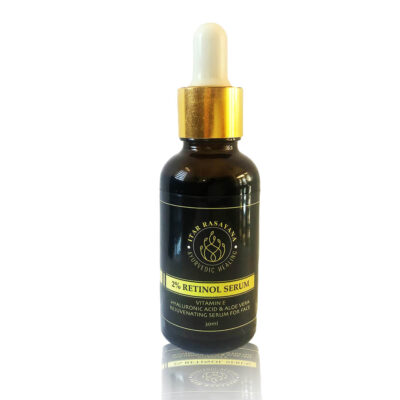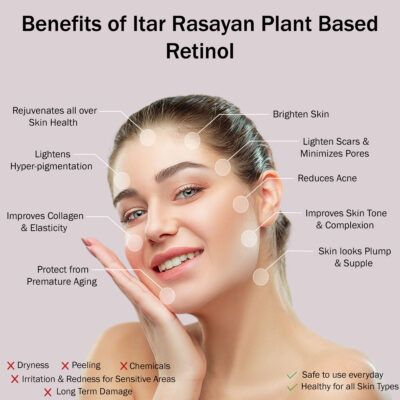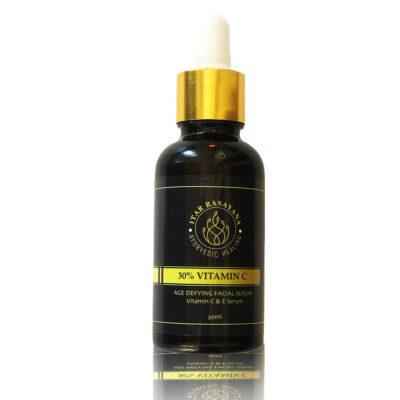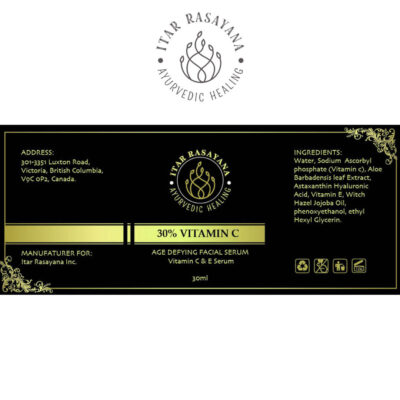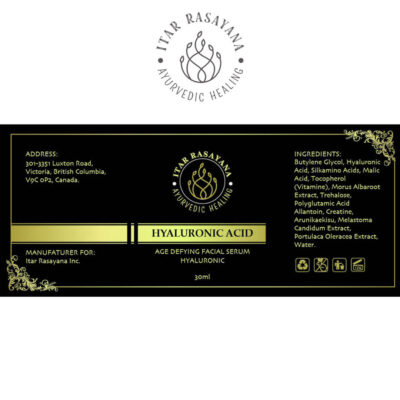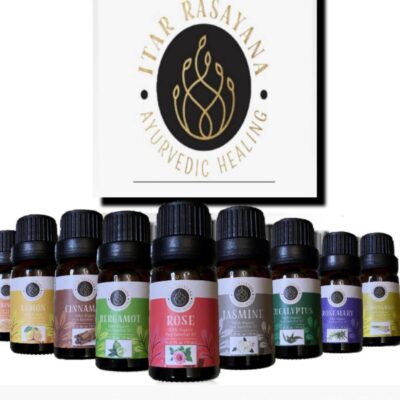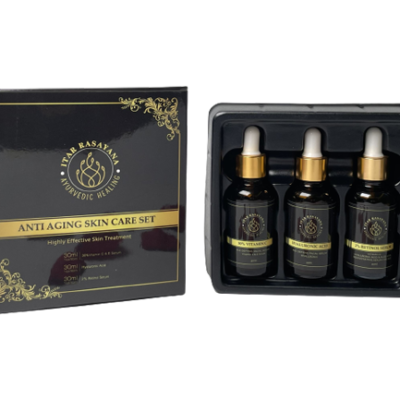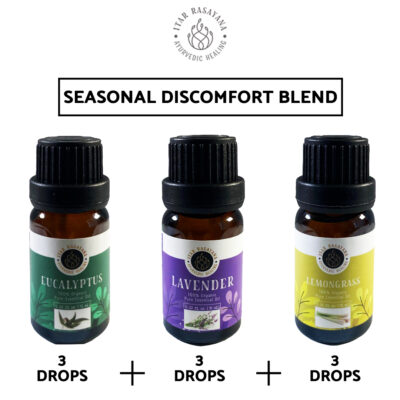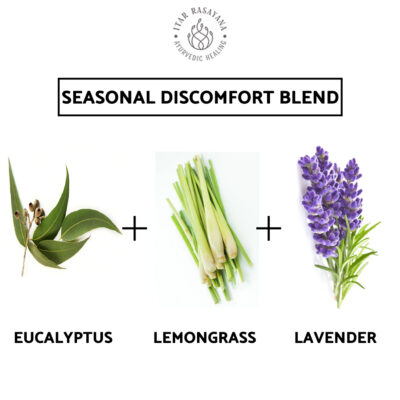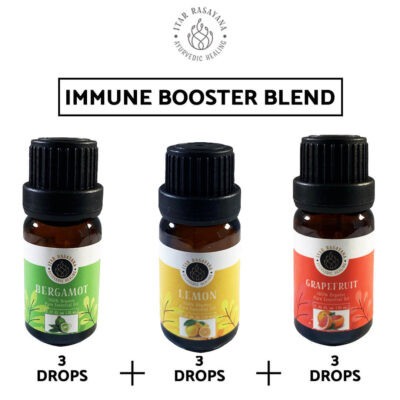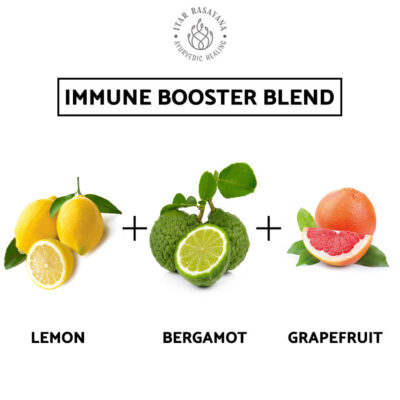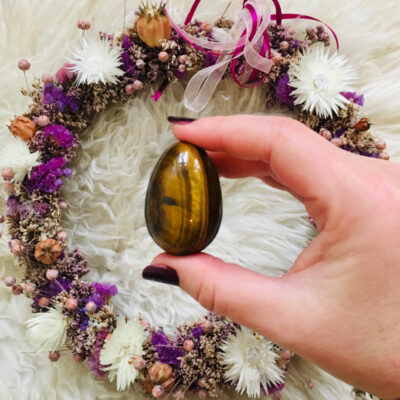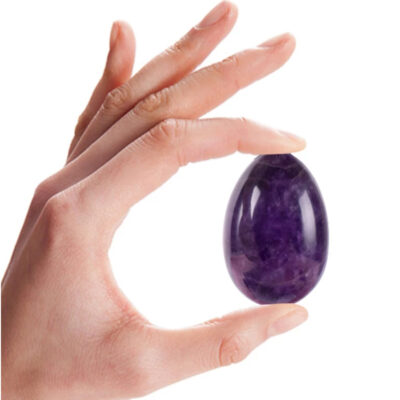ESSENTIAL OIL AND MELASMA
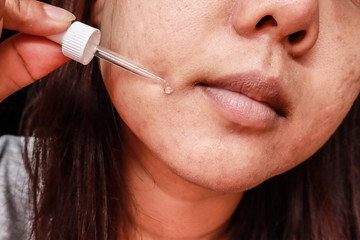
Melasma is an uneven, muddy-looking spot that appears on the face, mainly over the forehead and upper lip, and is derived from the Greek word “melas,” meaning “black. Melisma is more common in women than in men. Melasma is caused by an excess estrogen level and a hormonal imbalance in the body. Overproduction, toxic stimulation, and inefficiency in the liver’s normal hormone removal pathway are the most common causes of excess hormones. To prevent melasma, it is vital not to use the pill and all artificial hormones if possible and keep hormones balanced to prevent it from getting worse or recurring.
Essential oils are the natural way to treat melasma. Essential oils include several vitamins (E, A, etc.) and nutrients that can provide your skin with smoothness, softness, and elasticity and help remove new dark patches and cure skin damage.
How Do Essential Oils Treat Hyperpigmentation?
Essential oils can help with hyperpigmentation in a variety of ways.
- Essential oils reduce the action of tyrosinase, a melanin-producing enzyme
- They absorb ultraviolet (UV) radiation, preventing melanin synthesis with sun exposure.
- Essential oils have anti-inflammatory characteristics that can help with acne-related post-inflammatory dark spots.
Best essential oils for melasma:
- Tea Tree Essential Oil
Tea Tree oil includes benzoyl peroxide acid, which can clear acne, spots and brighten skin color in a short period. It’s beneficial if you have sensitive skin and spots have recently appeared on your skin[1].
- Frankincense essential oil:
Frankincense absorbs quickly into the skin and aids in forming new cells, enhances the strength of young skin cells, reduces the appearance of wrinkles, and spots anti-inflammatory and antibacterial characteristics[2]. It is pure and non-irritating to the skin because it is made from natural ingredients.
- Eucalyptus essential oil:
Eucalyptus essential oil is widely utilized to treat a variety of skin problems and use in cosmetics. It is high in nutrients and vitamins that are good for the skin. If you use it daily, you won’t have to worry about acne or melisma patches appearing on your skin[3].
- Lavender essential oil:
Gentle massage of pleasant-smelling Lavender oil to the skin can help regulate oil production, brighten the skin’s tone, and treat melasma by removing the causes of the ailment. Lavender has linalyl acetate ester with anti-inflammatory properties and has a history of aiding wound healing, resulting in less scarring[4].
- Lemon essential oil
Lemon essential oil is full of vitamin C and antioxidants that can help with hyperpigmentation, shrinking the size of patches on the skin, and skin lightening[5].
How to use essential oils on the skin?
Choose high-quality oils that contain only aromatic plant ingredients and no additions or synthetics for the best results. Before using essential oils to the skin, dilute them by mixing two drops of essential oil with one tablespoon of carrier oil. Common carrier oils are jojoba oil, argan oil, almond oil, rosehip seed oil.
Bottom-line
Essential oils are frequently touted as a natural remedy for melasma. Lemon and lavender oil are the best essential oils for dark spots, with scientific data supporting their effectiveness. Tea tree oil and other oils can help to brighten black spots. To avoid the risk of skin irritation, always dilute essential oils before applying.
References:
- Chao, Wen-Wan, et al. “Melaleuca quinquenervia essential oil inhibits α-melanocyte-stimulating hormone-induced melanin production and oxidative stress in B16 melanoma cells.” Phytomedicine 34 (2017): 191-201.
- Zhu, Xiao-Fang, et al. “Effects of Frankincense and Myrrh essential oil on transdermal absorption in vitro of Chuanxiong and penetration mechanism of skin blood flow.” Zhongguo Zhong yao za zhi= Zhongguo zhongyao zazhi= China journal of Chinese materia medica 42.4 (2017): 680-685.
- Huang, Huey-Chun, et al. “Investigation of the anti-melanogenic and antioxidant characteristics of Eucalyptus camaldulensis flower essential oil and determination of its chemical composition.” International journal of molecular sciences 16.5 (2015): 10470-10490.
- Andrei, Felicia, et al. “Chemical composition and the potential of Lavandula angustifolia L. oil as a skin depigmentant.” Records of Natural Products 12.4 (2018): 340.
Dubey, Dheeraj, et al. “AN OVERVIEW OF IMPORTANT NATURAL PRODUCTS AND PHYTOMEDICINES

